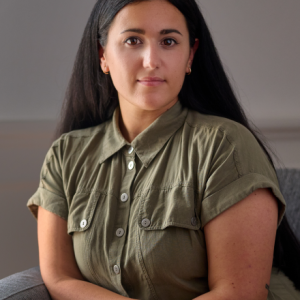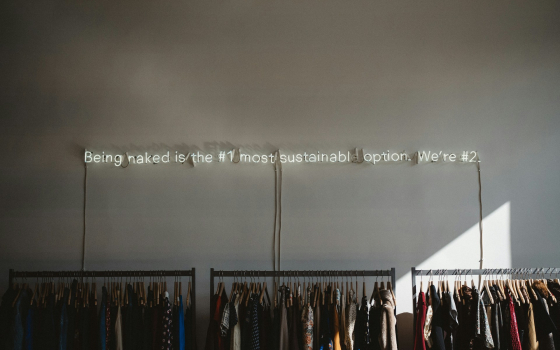Traditional translation often faces the challenge of adapting terms and grammatical constructions that vary significantly between languages, which can lead to inaccuracies or even the perpetuation of gender stereotypes. In contrast, transcreation offers a more holistic solution, taking into account not only the literal meaning of words, but also the cultural and social context in which they are used.
At Kobalt, we have faced this challenge in a number of projects. In one, we were commissioned to adapt a corporate style guide into four languages. This type of document, which defines a brand’s voice and identity, requires absolute accuracy and a particular sensitivity towards cultural and linguistic nuances.
The Complexity of Gender and Inclusive Language in Transcreation
Grammatical gender and social gender are concepts that vary greatly between languages. What is considered neutral in one language may have a gender connotation in another. Moreover, inclusive language norms are continuously evolving and can differ significantly between cultures.
We encountered the following challenges in the project:
- Professional titles: In some languages, professional titles have a stronger gender connotation than in others. For example, in Spanish, the word ‘abogado’ is used for both men and women, whilst in French, "avocat" (masculine) and "avocate" (feminine) are distinguished.
- Pronouns: Choosing appropriate pronouns is essential to ensuring inclusive language. In some languages, there are neutral pronouns that can be used to refer to non-binary individuals, while in others, this option is not available.
- Metaphors and idiomatic expressions: Metaphors and idiomatic expressions are often rooted in culture and may contain gender biases. Adapting these expressions to other languages without losing their original meaning can be challenging.
Our Solution
To address these challenges, we adopted a multifaceted approach:
- Comprehensive research: We conducted thorough research on the cultural and linguistic norms of each language, paying particular attention to issues of gender and inclusive language.
- Collaboration with experts: We collaborated with linguists and translators specialising in gender and inclusive language to ensure the accuracy and sensitivity of our adaptations.
- Cultural adaptation: We adapted the language and content to the cultural norms of each country, avoiding any form of stereotyping or discrimination.
- Flexibility: We adapted to each client’s specific needs and the latest trends in inclusive language.
The Benefits of Inclusive Transcreation
Transcreation that takes gender issues and inclusive language into account has many benefits:
- Greater impact on the audience: Inclusive and respectful language connects with a wider and more diverse audience.
- Improved brand image: A brand that demonstrates its commitment to equality and inclusion will strengthen its reputation.
- Regulatory compliance: In some countries, there are laws regulating the use of non-discriminatory language.
At Kobalt, we are committed to providing quality transcreation services that respect diversity and inclusion.






